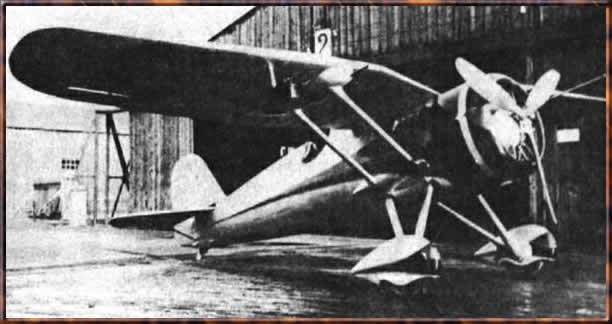
A Romanian PZL P-24E on the ground
|
|
|
|
|
|
|
|
|
|
|
|
|
|
|
|
|
|
The PZL P-24E fighter
|
|
|
A Romanian PZL P-24E on the ground |
|
|
Technical data for the PZL P-24E
|
Wingspan
|
10.70 meters
|
|
Length
|
7.6 meters
|
|
Height
|
2.7 meters
|
|
Weight (empty)
|
1332 kg
|
|
Weight ( loaded )
|
2000 kg
|
|
Maximum speed ( at 4000 meters )
|
408 km/h
|
|
Range
|
700 km
|
|
Maximum operational ceiling
|
10000 meters
|
|
Engine
|
IAR K14 C36 rated at 940 HP
|
|
Armament
|
Two Vickers 7.9 mm machine guns and two Oerlikon FF
20 mm cannons
|
|
Payload
|
Up to 40 kg of bombs
|
|
Crew
|
1
|
|
Numbers produced
|
40
|
|
Serial number
|
1-40
|